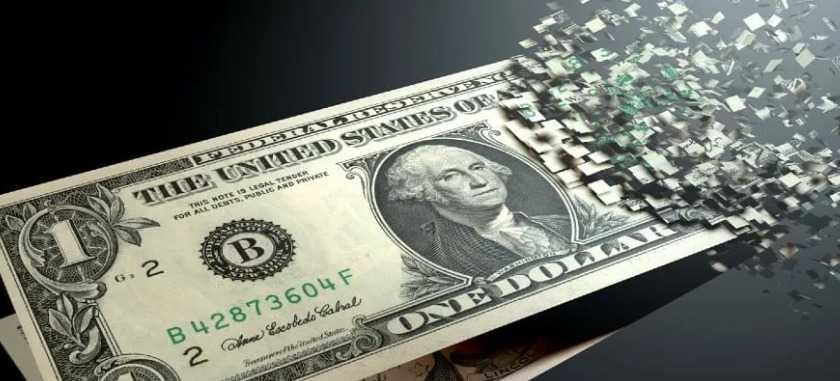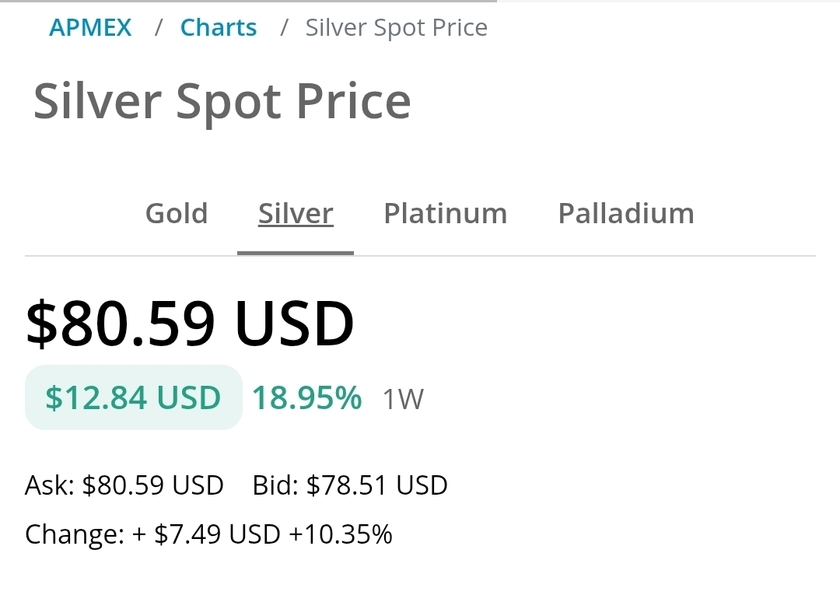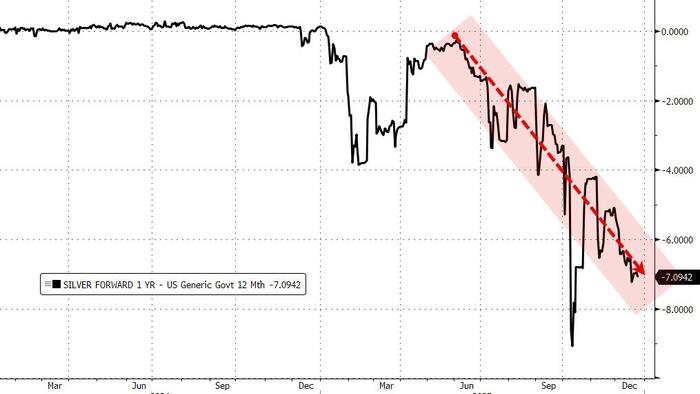Key Takeaways
- As authorities increasingly turn their attention to crypto regulation, several signs indicate that a U.S. CBDC may be on the horizon.
- Authorities have warmed up to the idea in the months since President Joe Biden's executive order directing dozens of government agencies to develop reports on crypto policy.
- While a CBDC would offer some benefits, it could also grant the Treasury and Federal Reserve unprecedented powers over the freedom to transact.
Introducing a “digital dollar” central bank digital currency would radically change how the world interacts with money, and based on recent developments, the U.S. seems to be open to the idea.
What Are Central Bank Digital Currencies?
Money in the U.S. currently comes in three forms: central bank money, which represents a liability of the Federal Reserve; commercial bank money, which is a liability of the commercial banking sector and the most widely used form of money by the public today, and non-bank money, which are liabilities held by non-bank financial institutions (such as payment processors like PayPal).
All three types of money carry different levels of credit and liquidity risk. For example, central bank money carries zero credit and liquidity risk because the Fed can create money ex nihilo. Commercial bank money or bank deposits, on the other hand, carry medium risk because banks can go bankrupt or run into liquidity issues—albeit these risks are, for the most part, mitigated by federal deposit insurance and banks’ on-demand access to central bank liquidity. Non-bank money or credit on payment processor accounts lacks the full protection of bank deposits, so it’s generally considered the riskiest.
Cash or physical currency is the only type of central bank money available to the general public in the U.S. today. The other type of central bank money comes in the form of “bank reserves,” which are only available to the commercial banking sector and are wholly inaccessible to the public. The most widely used money by the regular public today is commercial bank money, which comes in the form of bank deposits created ex nihilo when commercial banks create loans.
The idea behind CBDCs, then, is to introduce a new form of money that resembles commercial bank money in that it’s purely digital and directly accessible to the public, but at the same time is issued by and represents a liability of the Fed (like cash) instead by commercial banks (like bank deposits). Therefore, this form of money would—in theory—be both the safest and the most easily transferable form of money available to the public in the future.
While there are many differences between CBDCs and cryptocurrencies like Bitcoin and Ethereum, perhaps the most fundamental one is that CBDCs are still someone’s liability—in this case, debt that the central bank technically owes to the CBDC holders—while Bitcoin and Ethereum are bearer assets that aren’t anyone’s liability and represent pure ownership.
Signs a Digital Dollar is Coming
While the U.S. hasn’t yet officially committed to creating and issuing a digital dollar in the form of CBDC, there have been several signals from top government agencies and officials over the last two years that suggest that the government is seriously considering the possibility.
On numerous occasions, Fed Chair Jerome Powell and Treasury Secretary Jenet Yellen have highlighted the government’s need to focus on this issue and ramp up its research and development efforts. “In light of the tremendous growth in crypto assets and stablecoins, the Federal Reserve is examining whether a U.S. central bank digital currency would improve on an already safe and efficient domestic payments system,” Powell said in his welcoming remarks at the International Roles of the U.S. Dollar conference in June.
One year earlier, Yellen said in an interview with The New York Times interview that it made “sense for central banks to be looking at [CBDCs],” explaining that the U.S. has a problem with financial inclusion and that a digital dollar could help with that. “I think it could result in faster, safer, and cheaper payments,” she concluded.
Perhaps the most telling signs that a digital dollar could be coming are contained in the U.S. Treasury’s September 2022 report titled The Future of Money and Payments, which came in response to President Biden’s executive order on “Ensuring Responsible Development of Digital Assets.” In March, President Biden ordered several government agencies, including the Treasury, to submit reports on potential U.S. crypto regulation, including consideration of a CBDC. The subsequent reports indicate that, for the most part, the agencies support the idea.
The U.S. Treasury Supports CBDC Efforts
In responding to the White House, the U.S. Treasury encouraged the Fed to “continue its research and technical experimentation on CBDCs, including its work on analyzing the possible choices of technology and other design elements of a CBDC,” suggesting that issuing a digital dollar could be a desirable goal if “determined to be in the national interest.”
To support the Fed, the Treasury also noted that it would create and lead an inter-agency working group to support the responsible development of CBDCs. In the report, the Treasury pointed out that while creating a U.S. CBDC could take several years, it is necessary for the government to do so to secure the dollar’s primacy in the international financial order.
The Fed is Already Working on a U.S. CBDC
In a January discussion paper titled Money and Payments: The U.S.Dollar in the Age of Digital Transformation, the U.S. central bank said that it is “exploring the implications of, and options for, issuing a CBDC.” And while the Fed hasn’t yet made any explicit policy recommendations, like whether the government should issue a digital dollar or not, it has revealed that it is studying CBDCs from various angles, including through technological research and experimentation.
Specifically, the Federal Reserve Bank of Boston is working with the Massachusetts Institute of Technology to explore potential technological solutions for a “retail CBDC” that would be available to the public. At the same time, the Federal Reserve Bank of New York has teamed up with the Bank for International Settlements to work on a “wholesale CBDC” that would be used only for interbank payments. Both of these initiatives prove that the Fed is serious about creating a digital dollar.
The White House Is Largely in Favor of a Digital Dollar
Last month, six months after President Biden signed the digital assets executive order, the White House published its first-ever comprehensive crypto regulator framework. In the paper, the White House encouraged the Fed and the Treasury to continue researching and developing a digital dollar and published its first policy objectives for a U.S. CBDC system. “A U.S. CBDC system, if implemented, should protect consumers, promote economic growth, improve payment systems, provide interoperability with other platforms, advance financial inclusion, protect national security, respect human rights, and align with democratic values,” the objectives stated.
Beyond providing broader regulatory guidelines on digital assets, the framework represents the first official public endorsement of the idea behind developing a U.S. CBDC and the clearest sign that the digital dollar could soon become a reality.
Crypto Is Adding External Pressure
The main reason the U.S. has been ramping up its CBDC research and development efforts over the last two years—and another argument for why a digital dollar could come sooner rather than later—is the pressure from the rapid global proliferation of cryptocurrencies and the fast development of competing CBDCs.
Various regulators and lawmakers have explicitly noted the rapid growth of stablecoins as the key reason behind the need to innovate and improve the existing fiat payment systems. While dollar-pegged stablecoins drive further demand for the dollar internationally, they still represent a risky form of money domestically. Beyond that, the U.S. and the Fed are lagging on the CBDC front, bearing significant pressure to adapt. According to Atlantic Council’s CBDC tracker, 11 countries have launched CBDCs, 15 are running pilot programs, and 26 are currently developing. The U.S. and 45 other countries are still in the research phase.
Why Should You Care?
Perhaps the best way to explain CBDCs and why they matter is through a quote from the Bank for International Settlements chief Agustin Carstens. Explaining the difference between physical cash and CBDCs during a 2020 IMF panel discussion on cross-border payments, Carstens said:
“We don’t know who’s using a $100 bill today and we don’t know who’s using a 1,000 peso bill today. The key difference with the CBDC is the central bank will have absolute control on the rules and regulations that will determine the use of that expression of central bank liability, and also we will have the technology to enforce that.”
Beyond having absolute control and complete insight into every economic transaction, introducing a digital dollar could completely change how the Fed conducts monetary policy. Instead of using indirect instruments like open market operations (quantitative easing and tightening) and the lowering and raising of the federal funds rate to control the money supply, with CBDCs, the Fed could control the interest rate on credit or the money supply across many individual accounts directly.
Moreover, having all transactions in the economy recorded on a single ledger could give the Fed near-perfect insight into the direction the economy is heading. 👉 By combining the CBDC with AI and machine learning👈, the central bank could much better predict the behavior of individual users and the economy in aggregate, potentially prompting it to move from a market to a more centrally planned economy.
By virtue of being programmable, CBDCs also give the government the power to set an “expiry date” on money. That would essential allow them to force people to spend and drive economic activity artificially. 👉China has already experimented with this feature with its digital yuan.
It’s hard to believe that introducing a more centralized and censorable form of bank liability money would diminish the demand for non-custodial and uncensorable hard money assets like Bitcoin or Ethereum. 👉 If anything, the appeal of certain cryptocurrencies as stores of value or even “safe heaven” assets should grow as governments start to embrace CBDCs.




























